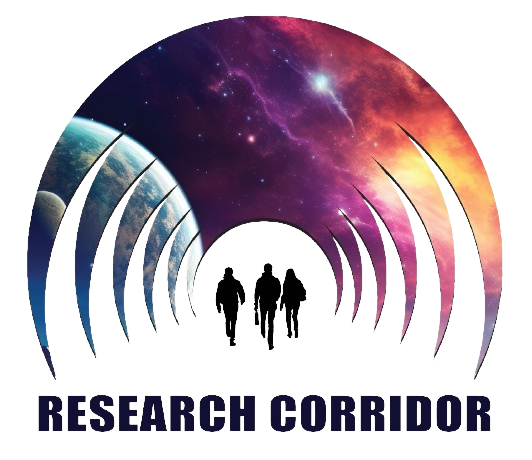Artificial Intelligence and the Circular Economy: How AI Advances Waste Reduction
Trefwoorden:
Artificial intelligence, circular economy, waste reduction, recycling automation, resource management, predictive analytics, machine learning, sustainable growth, waste sorting, low-carbon economySamenvatting
Abstract:
Artificial intelligence (AI) plays a transformative role in advancing the principles of a circular economy, particularly in the area of waste reduction. The circular economy aims to eliminate waste through systemic design, reuse, repair, and recycling, shifting from traditional linear production models to sustainable practices. AI enhances this process by enabling data-driven decision-making, optimizing resource management, and facilitating efficient recycling processes. Machine learning algorithms and computer vision, for instance, are applied to automate waste sorting, identify materials, and separate recyclables with unprecedented precision, significantly reducing contamination and improving material recovery rates. Predictive analytics also enables manufacturers to design products with extended life cycles and enhance supply chain efficiency, further minimizing waste. Moreover, AI-powered tools monitor environmental impacts, analyze consumer behavior, and forecast product lifespans, thereby supporting product reuse and remanufacturing initiatives. AI’s integration into circular practices not only curtails the environmental impact of industrial waste but also contributes to economic growth by creating value through recovered materials and extended product utility. By addressing key challenges in waste management, AI fosters sustainable growth and helps transition industries to a low-carbon economy. As industries continue to adopt AI-driven solutions, the role of AI in waste reduction is expected to expand, offering new opportunities to refine circular economy practices and achieve sustainability targets.




